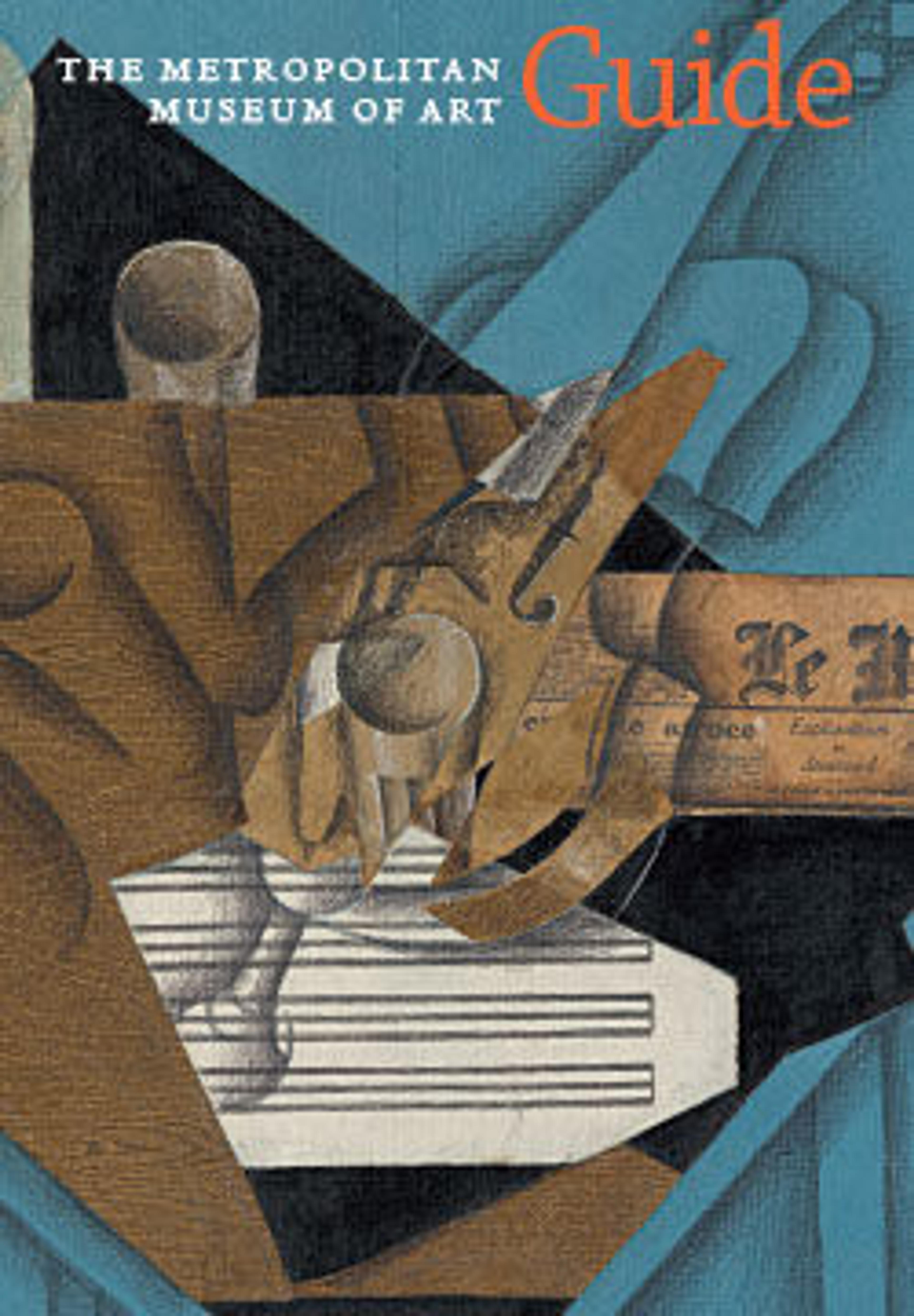English
The Love Letter
Eighteenth-century artists and collectors valued oil sketches, believing that they attested to painters’ first ideas and their physical presence in each work of art. This finished painting engages with that new aesthetic. Fragonard’s sketch has energetic brushstrokes of varying thickness that capture sunlight as it lands at the center of the canvas along the woman’s cap, powdered face, flowers, dress, and bedraggled dog. This is not a portrait, but a genre scene that implies a narrative that continues outside the frame through a letter accompanied by a bouquet. The simple conceit of love letters had been popular in the previous century with Johannes Vermeer and his contemporaries.
Artwork Details
- Title:The Love Letter
- Artist:Jean Honoré Fragonard (French, Grasse 1732–1806 Paris)
- Date:early 1770s
- Medium:Oil on canvas
- Dimensions:32 3/4 x 26 3/8 in. (83.2 x 67 cm)
- Classification:Paintings
- Credit Line:The Jules Bache Collection, 1949
- Object Number:49.7.49
- Curatorial Department: European Paintings
Audio
2215. The Love Letter
0:00
0:00
We're sorry, the transcript for this audio track is not available at this time. Please email info@metmuseum.org to request a transcript for this track.
More Artwork
Research Resources
The Met provides unparalleled resources for research and welcomes an international community of students and scholars. The Met's Open Access API is where creators and researchers can connect to the The Met collection. Open Access data and public domain images are available for unrestricted commercial and noncommercial use without permission or fee.
To request images under copyright and other restrictions, please use this Image Request form.
Feedback
We continue to research and examine historical and cultural context for objects in The Met collection. If you have comments or questions about this object record, please contact us using the form below. The Museum looks forward to receiving your comments.
